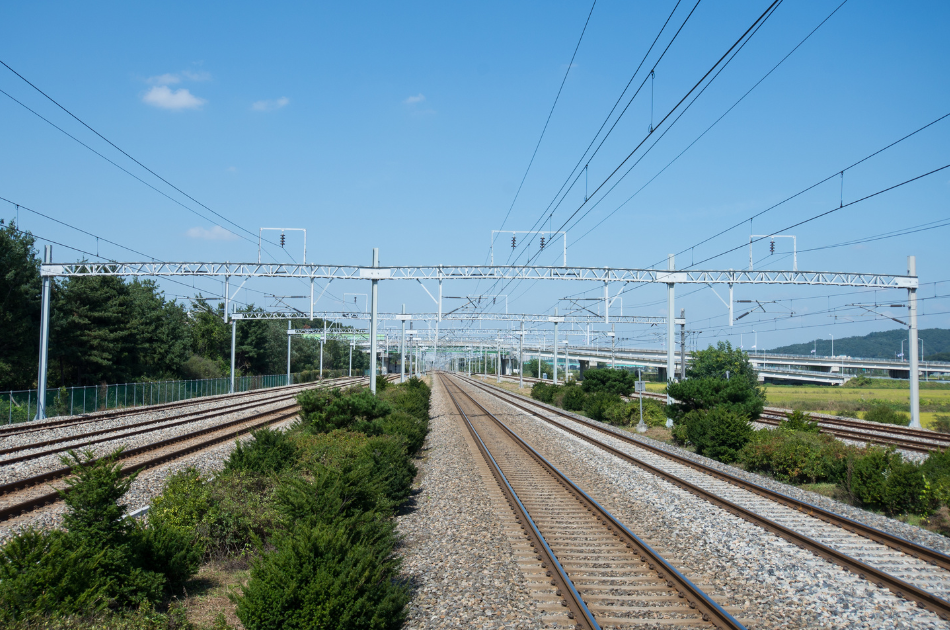Solar panels are being laid out “like carpet” across Swiss train rails as part of the country’s renewable energy initiative.
Swiss startup company Sun-Ways will begin installing solar panels in the western part of the country this spring, next to the Buttes train station, pending approval from the Federal Office of Transport.
As a result of the climate issue, we are under pressure to accelerate Europe’s transition to renewable energy sources, and developers are beginning to recognize new promise in unconventional surfaces.
Solar panels are increasingly finding a home on the sides of roads, in reservoirs, and even on farms. Moreover, the German railroad company Deutsche Bahn is conducting research on the feasibility of installing solar cells in railway sleepers.
Nonetheless, Sun-Ways is the first company to patent a removable system. They did this with the assistance of EPFL, which is a federal technology institute located in Lausanne, Switzerland.
Baptiste Danichert, one of the company’s co-founders, was quoted on the news site Swissinfo as saying, “That is the innovation.” In order to perform necessary maintenance on railroad tracks, periodic cleaning is required. Because of this, it is a very important factor.
How are solar panels added to the tracks?
The Swiss firm, which has its headquarters in the town of Ecublens, located in the country’s westernmost region, has developed a mechanical technique to install its detachable solar panels.
The Swiss company Scheuchzer, which specializes in track maintenance, is developing a train that will drive over the rails while simultaneously installing photovoltaic panels. According to Sun-Ways, it’s as simple as “an unrolling carpet.”
Unfurling the one-meter-wide panels, which were pre-assembled at a Swiss manufacturer, is accomplished by a piston mechanism incorporated into the specially designed train.
It would be a more complicated procedure to feed the electricity produced by the PV system into the operations of the railway, therefore instead, the electricity will be put into the power grid and utilized to power homes instead.
How much energy could these rail track solar panels generate?
The start-up has lofty goals for its eco-innovation. In principle, the panels may be installed throughout Switzerland’s 5,317-kilometer-long (approximately 3304 miles) railway network. The solar panels would cover around 760 football fields.
Of course, extending the solar carpet into tunnels would be pointless.
According to Sun-Ways, the national rail network could generate one Terawatt-hour (TWh) of solar energy each year, which is comparable to about 2 percent of Switzerland’s total energy consumption.
The company also plans to expand into Germany, Austria, and Italy.
“There are over a million kilometers of railway lines in the world,” Danichert tells SWI Swissinfo.
“We believe that our system could be installed on 50 percent of the world’s railways.”
The (rail)road ahead
Still, the corporation has a lot to show with its experimental project near Buttes. The International Union of Railways is concerned that the panels will develop microcracks, increase the risk of fires in green areas, and possibly distract train drivers with reflections.
Sun-Ways claims their panels are more resistant than conventional ones and might include an anti-reflection filter.
Built-in sensors ensure optimum operation and brushes connected to the ends of trains can remove debris from the surface of the panels.
Others have suggested that ice and snowfall could render the horizontal panels useless, however, Sun-Ways has a solution for that as well. It is developing a system for melting frozen precipitation.











